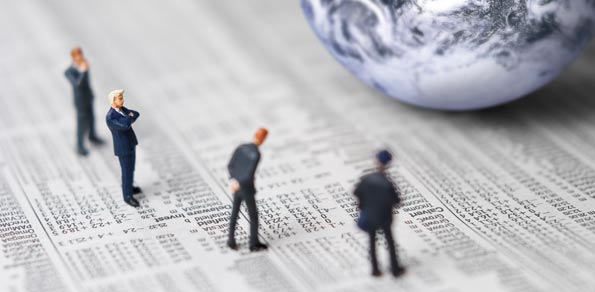A week ago, the US jobs report, showed a reduction in unemployment claims, earlier in the month, the jobs report showed consistent new hiring’s. The US economy has been on a slow recovery path. This past week, some negative housing data and consumer sentiment reports along with a downbeat speech by Fed Chairman Bernanke has kept markets wondering just how fragile or if the US recovery was in fact a recovery.
Today’s, Durable Goods Report supports the economic recovery of the U.S. The report shows that companies ordered more long-lasting goods last month, showing businesses are willing to buy equipment and machinery even after an investment tax credit was halved.
The Commerce Department said Wednesday The closely watched core capital goods segment, which excludes volatile defence and transportation, rose 1.2% last month. Orders for so-called “core” capital goods, a good measure of business investment plans, rose 1.2 percent. Demand for these goods fell in January by the most in a year, after the full tax credit expired.
Durable goods are expected to last at least three years. Orders can fluctuate sharply from month to month. Still, orders have been steadily rising since the recession ended nearly three years ago.
Last month, durable goods orders totalled $211.8 billion, 42% above the recession low. Orders remain roughly 14 percent below their peak in 2007, when the US economy was booming.
The rise in demand in February was led by transportation and defence, but almost every sector tracked by the Commerce Department reported an increase.
Orders rose by 12.4% for large military items such as jets, by 6% for commercial aircraft, by 5.7% for heavy machinery, by 2.7% for computers, by 1.6% for autos and by 1.3% for primary metals.
The only category to report a decline was electrical equipment and appliances: Orders fell 2.5%, the biggest drop since December 2010. This is tied to home building and consumer spending.
Excluding the volatile transportation sector, the government said orders rose 1.6%. Orders minus defence increased 1.7%.
The increase last month disappointed some analysts, who had hoped to see a bigger gain in orders.
Last year, companies could reduce their taxable profits by an amount equal to the cost of a major capital investments. That credit fuelled a jump in orders for industrial machinery, computers and other capital goods. Spending on core capital goods surged nearly 3 percent to an all-time high in December.
The credit this year lets companies write off only half the cost. Many economists believe that change was a big reason for the January drop off in durable goods and core capital goods.
Still, business investment is predicted to remain powerful this year. Surveys show that business spending should increase in the April-June quarter, Ashworth declared. Many corporations delayed upgrading their facilities in the recession and are beginning to catch up. A vibrant producing sector has helped drive the best job expansion in 2 years. The economy has added a mean of 245,000 roles each month since December, that has reduced the jobless rate to 8.3 p.c. Makers have added a median of 37,000 roles each month in that time.
It is vitally important for the US to see growth in production, orders and manufacturing to support a continued growth in jobs which will in turn jump-start the housing markets. This will then increase consumer confidence. The US is seeing all the pieces of the puzzle begin to fall into place.





